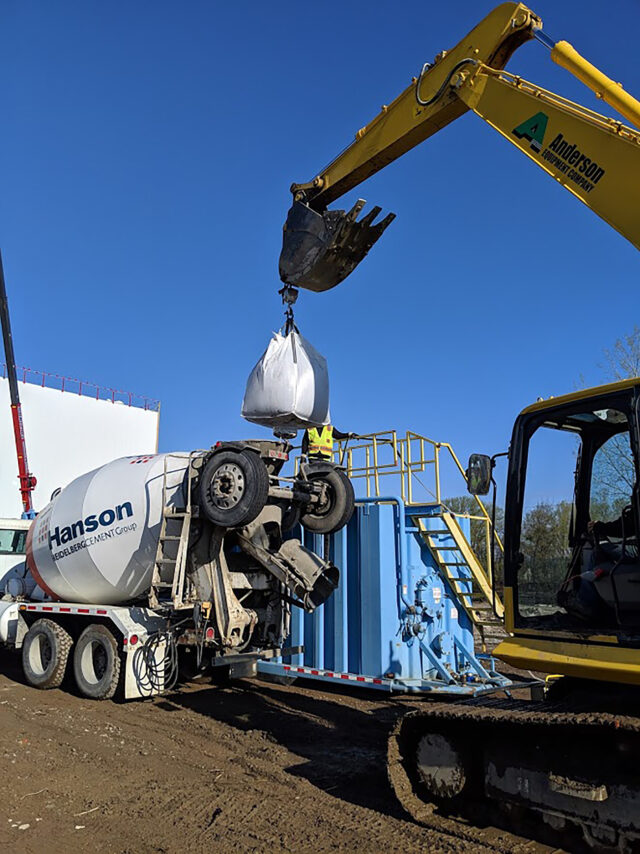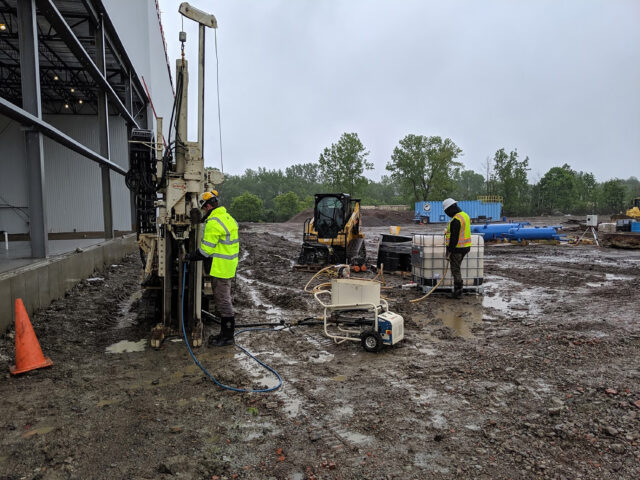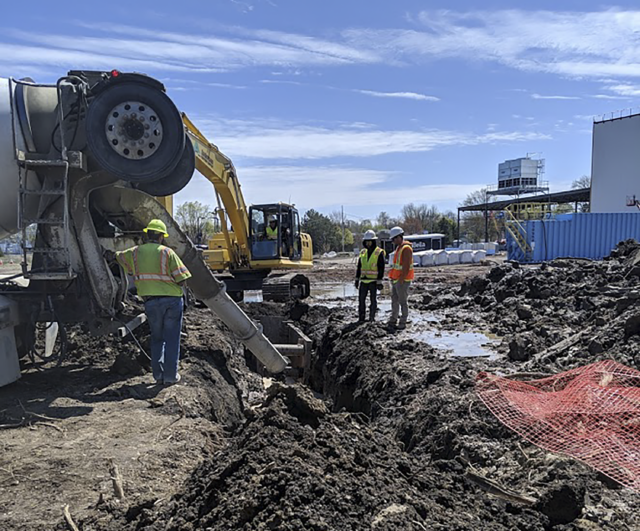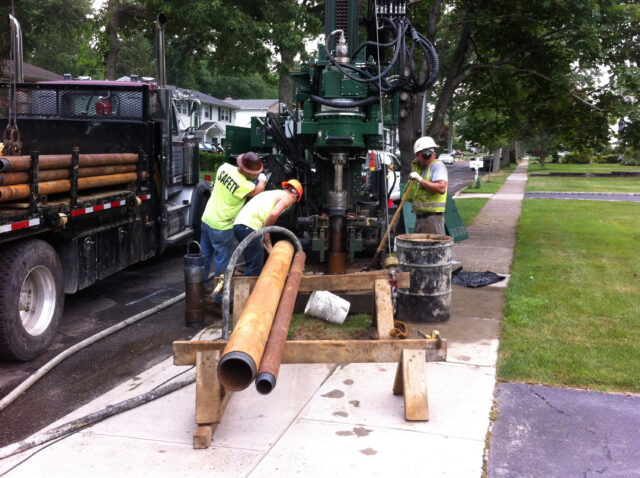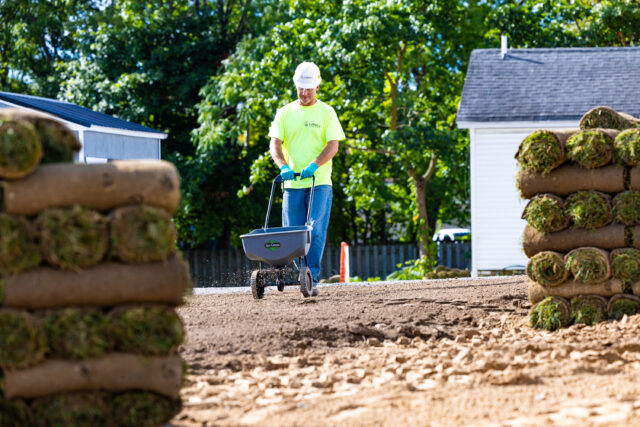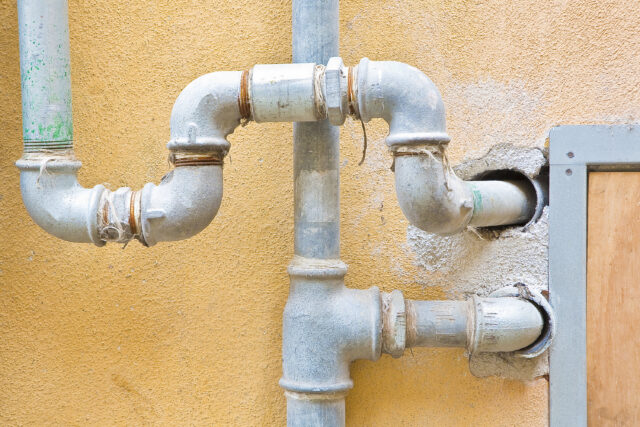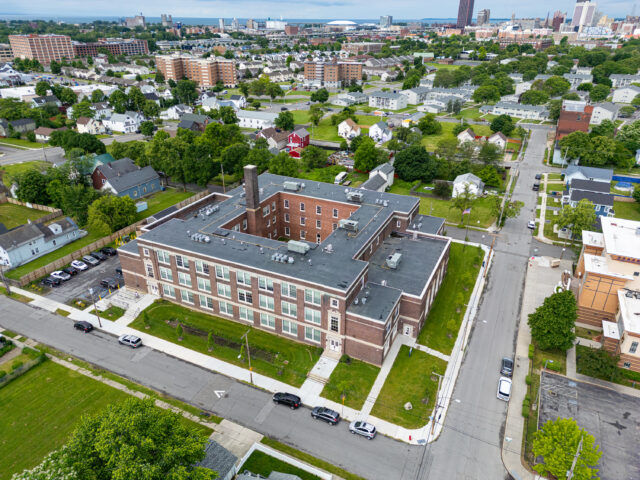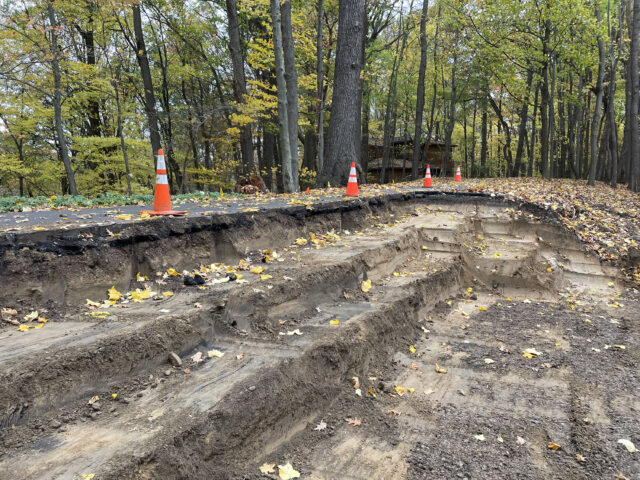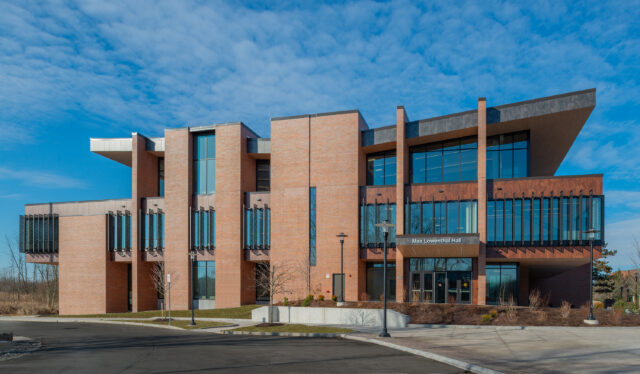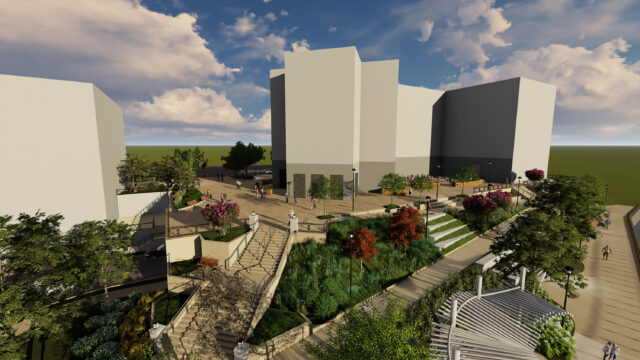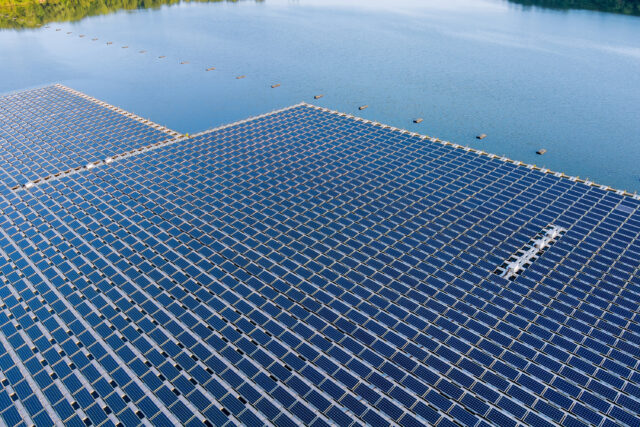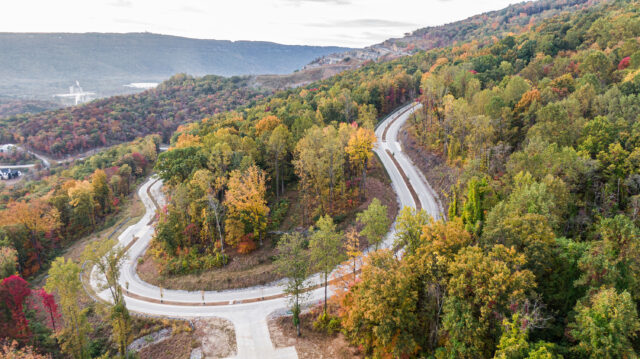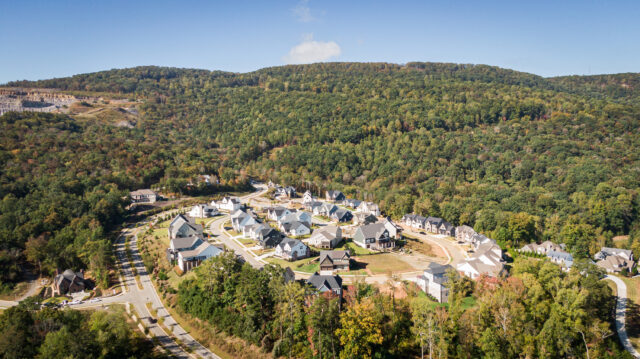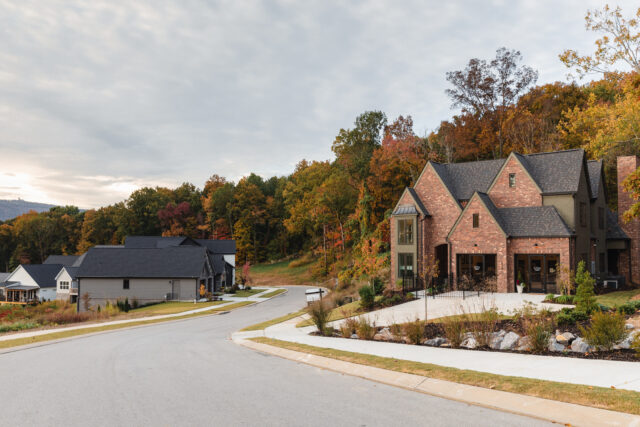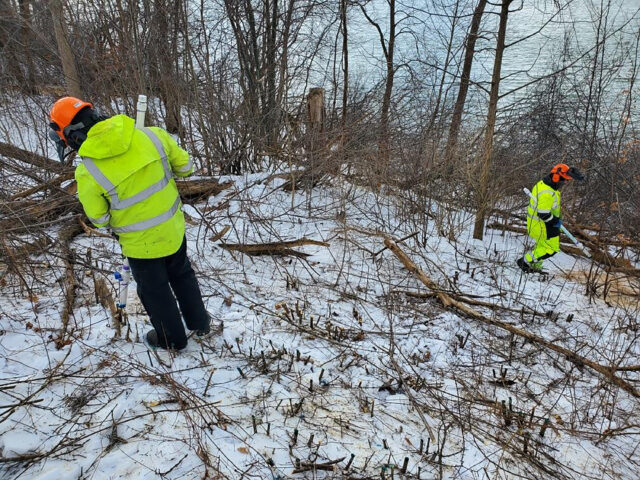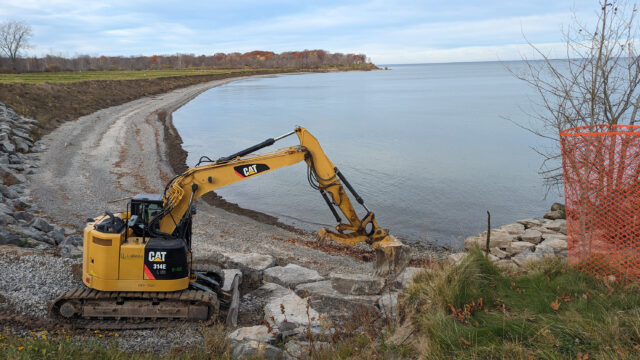Our ISCR Process for This Project
A PRB trench approximately 350 linear feet long was oriented transverse to the documented direction of groundwater flow across the site. A trench was excavated to the top of bedrock at approximately 11 to 15 feet below grade. The trench was advanced in sections and was supported with a series of custom trench boxes to facilitate placement of amended backfill material, which consisted of medium grain sand mixed with Daramend® granular ISCR reagent.
The sand was delivered to the site in cement trucks and the ISCR reagent was added to the trucks onsite at a rate of 1.5% by weight. Approximately 200 gallons of clean water was added to each load to provide a wet mixture that would limit separation when introduced into the trench with standing water. The components were mixed in the cement truck and then discharged into the trench boxes until they were filled above the water table elevation. After the trench boxes were moved to the next section of trench, a geotextile fabric was placed above the amended backfill and the remainder was backfilled with clean soil to site grade and compacted.
The onsite groundwater treatment consisted of a mixture of ELS® microemulsion, EHC® liquid reagent, and clean water applied through direct injection. The reagent solution was mixed in a portable tank and then transferred in batches to the injection pump hopper. Injection tooling was driven to the treatment interval with a Geoprobe® direct push drill rig. A total of 80 injection points were advanced in a grid pattern with an approximate spacing of 15 feet. Approximately 94 gallons of reagent solution was injected into each injection point.
